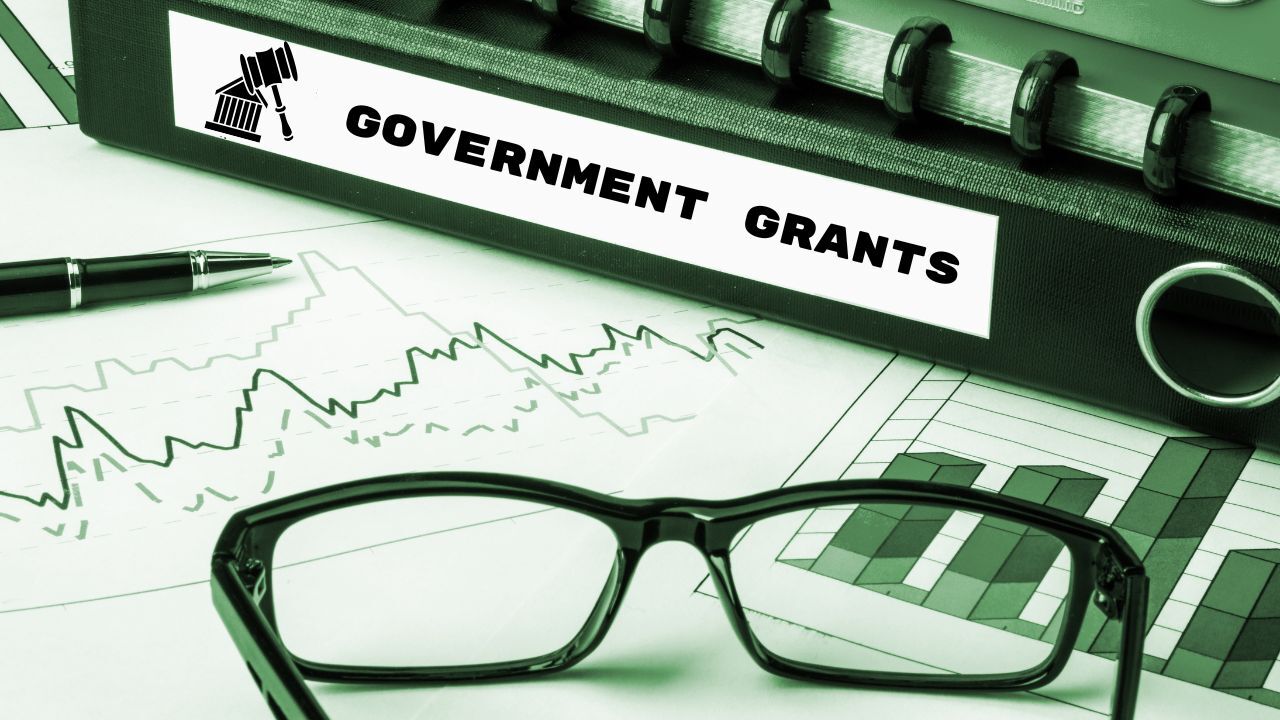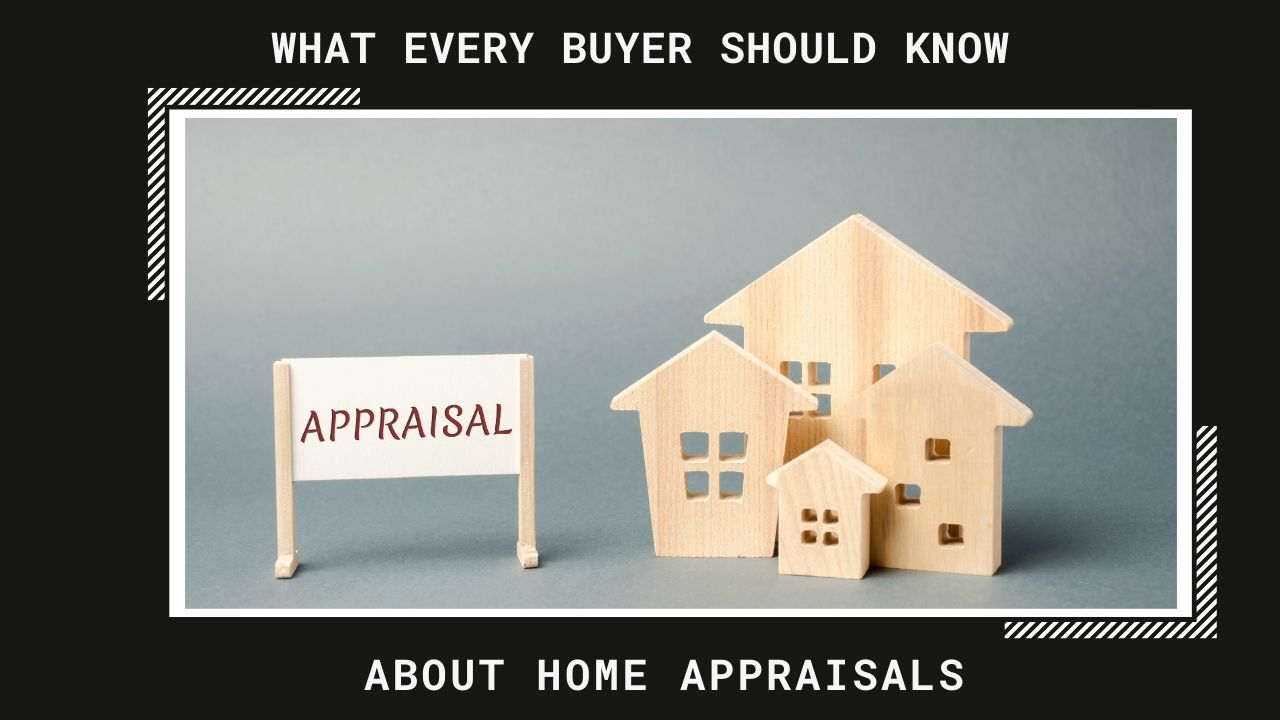Mortgage Interest Rates and Affordability: What Minneapolis–St. Paul Buyers Need to Know
Introduction
In today’s housing market, few topics are more important—or more confusing—than mortgage interest rates and affordability. In Minneapolis–St. Paul, where median home prices hover around $340,000, understanding how rates affect your buying power is crucial. If you’re planning to buy a home in 2025, this guide will show you how rates impact affordability—and how you can make smart, cost-saving decisions.
How Mortgage Interest Rates and Affordability Impact Your Monthly Payment
Mortgage rates have a direct impact on what you pay every month. Even a small increase in interest rates can add hundreds of dollars to your monthly mortgage bill.
- At 5.5%, a $340,000 loan = ~$1,931 monthly (principal + interest)
- At 6.5%, the same loan = ~$2,151 monthly
That’s a difference of $220 per month—or nearly $79,000 over the life of the loan!
In the Twin Cities, where inventory remains tight and prices are high, even minor rate changes can make a big difference in what you can afford.
Why Mortgage Interest Rates Are High Right Now
A few key factors are keeping mortgage rates elevated:
- Federal Reserve Policies: Rates rose in response to inflation control measures.
- Strong Local Demand: Minneapolis–St. Paul remains a desirable market.
- Economic Uncertainty: National economic factors keep lenders cautious, influencing rates upward.
Although rates have cooled slightly from their 2023 highs, they are still much higher than the ultra-low rates buyers enjoyed just a few years ago.
How Mortgage Interest Rates and Affordability Challenge Twin Cities Buyers
Housing affordability is a real concern for Twin Cities buyers. Not only are mortgage rates higher, but home prices continue to rise across Minneapolis and St. Paul, driven by:
- Low inventory
- Strong buyer competition
- Growing demand for urban and suburban homes
Even as listings stay on the market slightly longer (averaging 69 days), prices remain strong, making affordability a challenge for many.
Want the latest on market conditions? Explore current Minneapolis–St. Paul real estate trends to see how pricing and competition could impact your home search.
Smart Strategies to Improve Affordability with Today’s Mortgage Rates
1. Improve Your Credit Score to Lower Mortgage Interest Rates
Higher credit scores qualify for lower mortgage rates. A boost from 680 to 740+ can significantly lower your monthly payment.
2. Explore First-Time Buyer Programs for Better Affordability
Minnesota offers down payment assistance and affordable loan options to qualifying buyers. These programs can make a huge difference.
Looking for support? Learn more about first-time homebuyer programs in Minnesota that can help make your dream of homeownership more affordable.
3. Consider Alternative Loans to Manage Mortgage Interest Rates
FHA loans, VA loans, or adjustable-rate mortgages (ARMs) could offer better initial rates and lower upfront costs.
If you’re not sure which loan option is right for you, check out our guide to understanding different types of mortgage loans and find the best fit for your financial goals.
4. Adjust Your Budget to Improve Home Affordability
You may need to shop slightly below your maximum pre-approval amount to stay within a comfortable monthly payment range.
5. Work with a Local Mortgage Expert for Better Loan Terms and Affordability
A Twin Cities mortgage professional can help you find personalized solutions—like niche loan programs—that national lenders might miss.
Getting pre-approved is one of the smartest moves you can make—find out how in our guide on how to get pre-approved for a mortgage.
The Bottom Line on Mortgage Interest Rates and Affordability in Minneapolis–St. Paul
Mortgage interest rates and affordability go hand-in-hand—and understanding them is critical if you want to succeed as a buyer in Minneapolis–St. Paul. While today’s market presents challenges, it also offers opportunities if you’re prepared, flexible, and strategic.
By improving your credit, considering all your loan options, and working with the right mortgage professional, you can still achieve your dream of homeownership—even in a high-rate environment.
Ready to Take the First Step?
📞 Contact Coleen TeBockhorst today at 612-701-8512
🌐 Visit: Bay Equity Home Loans – Coleen TeBockhorst
Ready to take the next step? Contact Coleen TeBockhorst for personalized mortgage advice and expert guidance through today’s complex market.
What Is the Relationship Between Mortgage Interest Rates and Affordability?
Mortgage interest rates and affordability are directly connected: when mortgage rates rise, monthly home loan payments increase, making homes less affordable. Even a 1% change in interest rate can add hundreds of dollars to monthly payments, significantly impacting what buyers can afford in Minneapolis–St. Paul.
Frequently Asked Questions About Mortgage Interest Rates and Affordability
How do mortgage rates affect my ability to buy a home?
Higher mortgage interest rates increase your monthly loan payments. As rates climb, the amount of home you can afford decreases, unless you adjust your budget or loan type.
Are mortgage rates expected to drop in 2025?
While some experts predict slight declines in mortgage rates by late 2025, much depends on inflation, Federal Reserve policy, and broader economic factors. It’s important to lock in a rate when it fits your financial plan.
What programs can help first-time buyers with affordability?
Programs like Minnesota Housing’s Start Up program, FHA loans, and local down payment assistance options can help first-time buyers manage costs even with higher mortgage rates.
#MortgageInterestRates #HomeAffordability #MinneapolisRealEstate #TwinCitiesHomebuyers #MortgageTips #MinnesotaHomes

 Purchasing a home that needs renovations or upgrading your current home can be costly, but financing home improvements through your mortgage can be an effective solution. Instead of taking out a separate loan for renovations, some mortgage programs allow you to roll the cost of home improvements into your home loan at closing. This strategy can help you spread renovation costs over time while securing a potentially lower interest rate compared to personal loans or credit cards.
Purchasing a home that needs renovations or upgrading your current home can be costly, but financing home improvements through your mortgage can be an effective solution. Instead of taking out a separate loan for renovations, some mortgage programs allow you to roll the cost of home improvements into your home loan at closing. This strategy can help you spread renovation costs over time while securing a potentially lower interest rate compared to personal loans or credit cards. Home renovations can be a significant financial undertaking, but government grants and assistance programs can help offset costs for eligible homeowners. These grants are designed to promote energy efficiency, accessibility, and overall home safety. Understanding the available options and how to qualify can make a substantial difference in financing your home improvement projects.
Home renovations can be a significant financial undertaking, but government grants and assistance programs can help offset costs for eligible homeowners. These grants are designed to promote energy efficiency, accessibility, and overall home safety. Understanding the available options and how to qualify can make a substantial difference in financing your home improvement projects. When applying for a mortgage, lenders carefully assess your income and debt to determine your ability to repay the loan. If you receive or pay child support or alimony, these payments can significantly impact your mortgage qualification. Understanding how they factor into your debt-to-income (DTI) ratio, income calculation, and overall loan approval process can help you better prepare for home financing.
When applying for a mortgage, lenders carefully assess your income and debt to determine your ability to repay the loan. If you receive or pay child support or alimony, these payments can significantly impact your mortgage qualification. Understanding how they factor into your debt-to-income (DTI) ratio, income calculation, and overall loan approval process can help you better prepare for home financing. For many homebuyers, especially first-time buyers, saving for a down payment can be one of the biggest hurdles to homeownership. Fortunately, gift funds, money given by family members, close relative, or even an employer can help bridge the financial gap. While using gift funds can make homeownership more attainable, there are important benefits and potential drawbacks to consider before relying on them.
For many homebuyers, especially first-time buyers, saving for a down payment can be one of the biggest hurdles to homeownership. Fortunately, gift funds, money given by family members, close relative, or even an employer can help bridge the financial gap. While using gift funds can make homeownership more attainable, there are important benefits and potential drawbacks to consider before relying on them.
 Buying a home is an exciting yet complex process, and one critical step often catches buyers off guard—the home appraisal. This professional evaluation determines the fair market value of a property, ensuring that both you and your lender are making a sound investment. Understanding how appraisals work can help you navigate this stage with confidence and avoid potential roadblocks.
Buying a home is an exciting yet complex process, and one critical step often catches buyers off guard—the home appraisal. This professional evaluation determines the fair market value of a property, ensuring that both you and your lender are making a sound investment. Understanding how appraisals work can help you navigate this stage with confidence and avoid potential roadblocks. Buying a home is one of the most significant financial steps you’ll ever take. After securing a mortgage, you expect to send your payments to the same lender for years to come. So, when you receive a notice saying your mortgage has been sold and your payments should now go to a different company, it might feel alarming. However, this is a common practice in the mortgage industry, and it doesn’t change the terms of your loan. Understanding why mortgages are sold can help ease any concerns.
Buying a home is one of the most significant financial steps you’ll ever take. After securing a mortgage, you expect to send your payments to the same lender for years to come. So, when you receive a notice saying your mortgage has been sold and your payments should now go to a different company, it might feel alarming. However, this is a common practice in the mortgage industry, and it doesn’t change the terms of your loan. Understanding why mortgages are sold can help ease any concerns. A reverse mortgage can be a powerful financial tool for homeowners aged 62 and older, providing access to home equity without the burden of monthly mortgage payments. If you’re considering this option, here’s a step-by-step guide to help you navigate the process.
A reverse mortgage can be a powerful financial tool for homeowners aged 62 and older, providing access to home equity without the burden of monthly mortgage payments. If you’re considering this option, here’s a step-by-step guide to help you navigate the process.